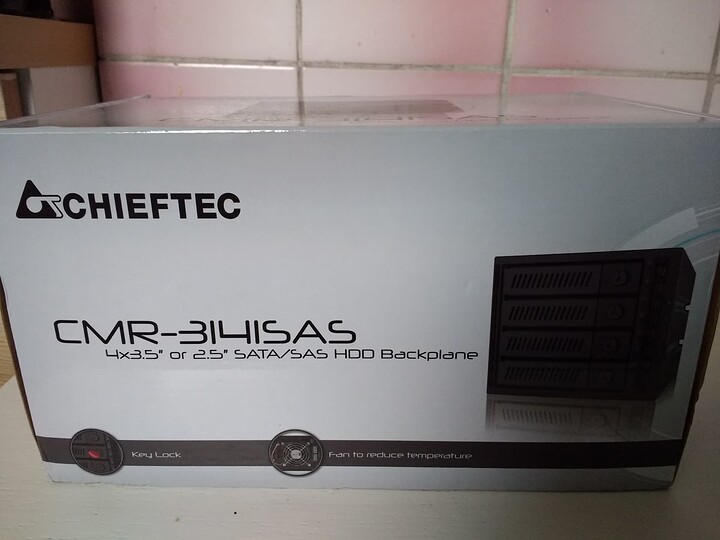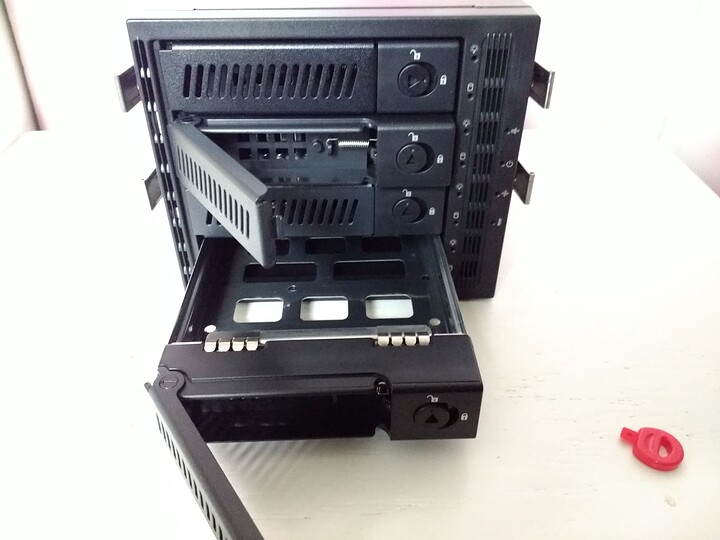That is pretty cool, but:
-
I don’t have RPi clusters, I’m going to have around 2 Odroid HC4s, 2 RockPro64s and not sure on the number of Odroid N2+ yet, as I may have split-brain issues if I’m going to have an even number of nodes, so I need to see how I can divide them in such a way that I can have uneven nodes on 2 switches and be able to automatically establish quorum on a lower number of nodes.
-
I was boycotting Amazon before, but after my account got locked for some stupid reason (I didn’t transfer enough money in my primary account and they thought I was doing a shady activity and they wouldn’t unlock it even after sending them a stupid bank account statement, f*** you Bezos!), now I’m completely boycotting it, for real this time™. If I can’t buy from MicroCenter, Newegg, BestBuy or Ameridroid (or similar), then I probably have to live without it.
In other news, yesterday I tried installing Armbian on the Odroid HC4, updated to kernel 5.15 and found out that ZFS is not supported on that kernel, but only between 3.10 and 5.10. So I downgraded back to kernel 5.10 and installed zfs-dkms and zfs-zed and it worked. Now I need to either get Alpine to work on the HC4 in diskless mode, or just slap Void on it and run from a SD card.
Getting Alpine to work in diskless mode was a hard nut to crack, but it would benefit the longevity of my SD card. I was seriously contemplating on installing Gentoo or nixOS on the HC4 if ZFS wouldn’t work on Armbian. But now that I discovered that it works on kernel 5.10 and not 5.15, I will try using that instead. I recall 5.10 being an LTS, so I see no reason why I shouldn’t stick with it. Previously all my tests were done on 5.15 and 5.16.
On another note, one bad thing about wiping out Petitboot from the HC4 is that the SBC cannot reboot. I can power it on and it will boot fine from u-boot on the SD card, but if I try to reboot, it will get stuck. I can poweroff just fine though. But if I ever need to do a remote reboot, I can’t do it. I have to poweroff, unplug the power and plug it back in.
So now, I need to think of alternatives. Maybe I can set a PXE or netboot server on one of my other SBCs, like my Pi 2, reflash the SPI with petitboot on the HC4 and see if with petitboot the reboot will work properly.


